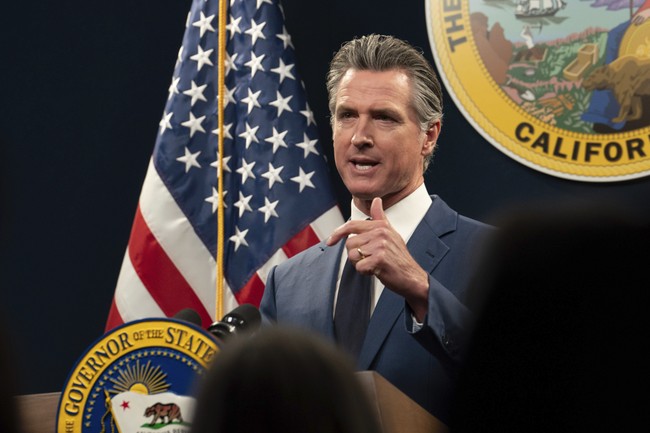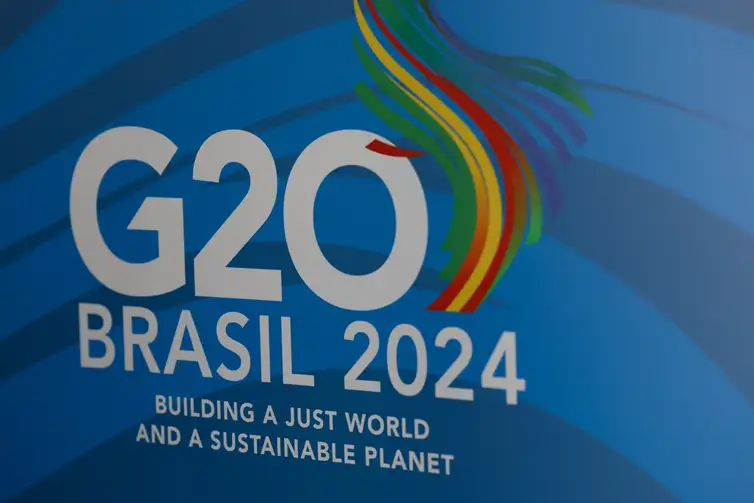Tensions Escalate as Russia Conducts Nuclear Drills
Amid rising tensions with the West over Ukraine, Russia has begun tactical nuclear drills—a move that has sparked criticism and concern.
Published May 22, 2024 - 00:05am
/nginx/o/2023/07/29/15486955t1ha166.jpg)
Image recovered from rus.postimees.ee
Russia has initiated military exercises with non-strategic nuclear weapons near its border with Ukraine, with the Southern Military District's personnel engaged in practical tasks involving special warheads for the 'Iskander' operational-tactical missile complex. These maneuvers also involve the preparation of carrier rockets and concealed deployment in designated areas for missile launches.
This development comes in response to what Moscow perceives as provocative statements and threats from certain Western officials. The drills are part of an effort to maintain readiness and ensure the territorial integrity and sovereignty of the state. Concurrently, Air and Space Force units are practicing equipping special combat parts of aviation means of destruction, including hypersonic 'Kinzhal' missiles, and conducting patrols in assigned zones.
In the context of these exercises, the United States has labeled Russia's stance as irresponsible. The dispatch of tactical nuclear weapons contrasts with strategic weapons, which are less powerful but pose significant risks due to their lower threshold for usage.
Reports of Russia's recent nuclear exercises have surfaced in multiple outlets, indicating a unified regional response to perceived Western provocations. The heightened activity and statements from both Russian and Western officials underscore the precarious nature of the situation, as NATO and other Western nations have expressed concern over potential nuclear engagements on the battlefield.
These developments have significant implications for international stability and are closely monitored by governments around the globe.
Russia's recent move to engage in military drills involving non-strategic nuclear weapons has escalated tensions in a region already fraught with geopolitical strife. The exercises, focusing on the deployment and operation of the 'Iskander' missile complex, are unfolding at a moment when international nerves are raw over the potential for military confrontation. While Moscow insists these drills are a defensive measure meant to secure its territorial integrity, the breadth and nature of the maneuvers have rattled neighboring countries and raised eyebrows across the world stage.
The drills encompass a range of military capabilities, not only showcasing the Iskander missiles but also spotlighting Russia's advancements in hypersonic weaponry. The involvement of the Kinzhal, a hypersonic missile claimed to be capable of evading conventional missile defense systems, has added a new dimension to Russia's show of force. These hypersonic technologies represent a challenge to current defense paradigms, potentially rendering existing missile shields insufficient and destabilizing the current balance of power.
Amid these exercises, Western leaders have held a series of consultations to discuss the implications of Russia's actions. The use of nuclear-capable systems in military drills close to NATO borders has instilled a sense of urgency in these talks. Diplomats and military officials have been weighing the potential responses, including renewed calls for arms control dialogue and the possibility of enhancing defensive measures in Eastern European NATO countries.
The international community remains on edge as strategic analysts try to interpret Russia's intentions. The distinction between non-strategic and strategic nuclear weapons is a key point of concern. Non-strategic nuclear weapons, also known as tactical nuclear weapons, are designed for use on the battlefield and can be seen as more 'usable' compared to their strategic counterparts due to their smaller yield and shorter range. This perceived usability brings with it the fear of escalation — from conventional warfare to the threshold of nuclear conflict.
The ongoing crisis in Ukraine adds a layer of complexity to the situation. Since the annexation of Crimea in 2014, relations between Russia, Ukraine, and the Western world have been deeply strained. The current military exercises near Ukraine serve to remind the world of the persistent volatility in the region. They also highlight Russia's commitment to showcasing its military prowess, possibly as a form of strategic messaging to the West, signaling its capability and willingness to use varied classes of weapons in defense of its interests.
Global response mechanisms, including sanctions and diplomatic efforts, are being revisited as potential actions to counter what many see as a provocative military strategy by Russia. Economic measures targeting Russian interests and discussions at international forums such as the United Nations Security Council have been steps toward a collective response.
For the citizens living near the affected borders, these developments inject a palpable sense of uncertainty into their daily lives. The prospect of an increase in nuclear assets in their vicinity has heightened public anxiety and sparked discussions about emergency preparedness. Meanwhile, international observers continue to rigorously scrutinize satellite imagery and signals intelligence to gain insights into the extent and location of Russian military activities.
As the events unfold, a web of treaties and international agreements concerning arms control sits precariously in the background. The Intermediate-Range Nuclear Forces Treaty (INF Treaty), although defunct since 2019, is often mentioned as a cautionary example of the erosion of previous arms control frameworks. Experts argue for the necessity of new or revised agreements that address the challenges posed by emerging technologies and shifts in geopolitical power structures.
In conclusion, Russia's military exercises foreground the pervasive challenges of maintaining global security in the modern era. The international community is compelled to navigate a complex array of strategic concerns, from the proliferation of advanced missile systems to the management of global arms control agreements. As governments and international organizations endeavour to assess and mitigate the risks associated with these military movements, the importance of diplomacy and strategic arms limitation talks has never been more apparent.







